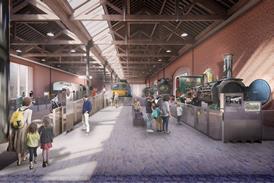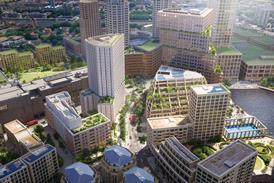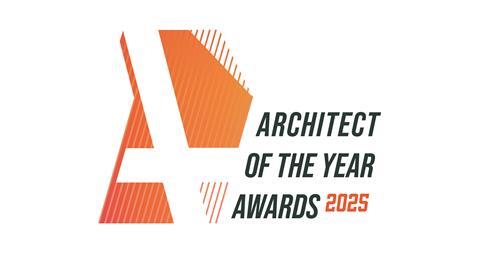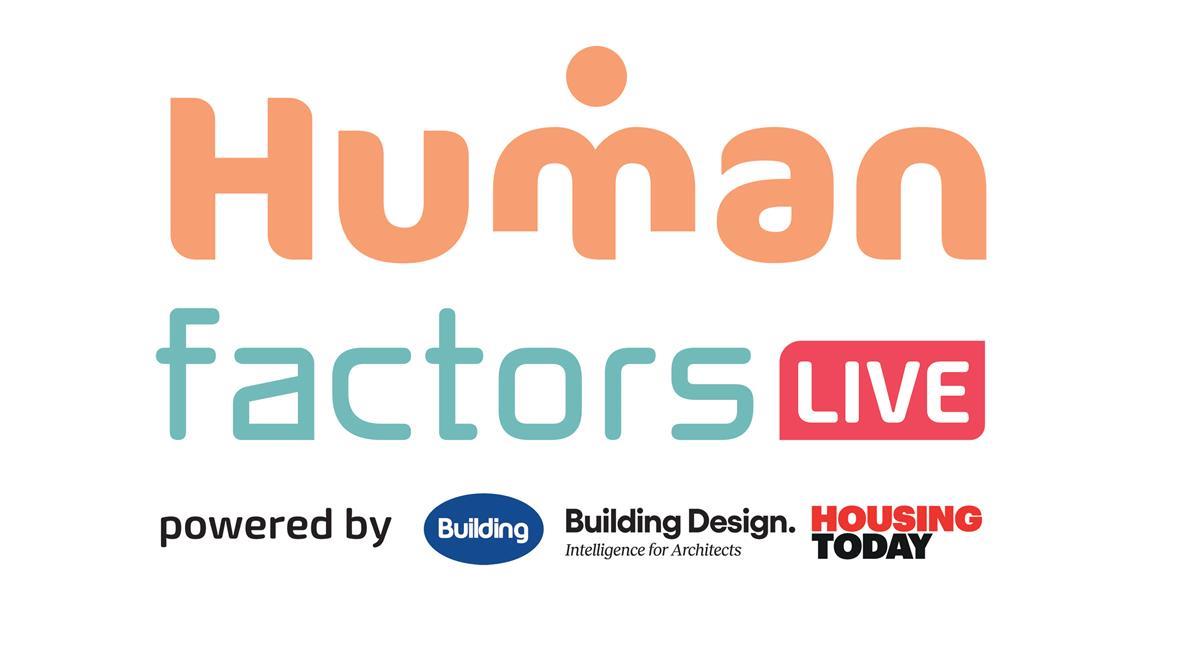- Home
 City of London to appoint architect to design firearms training facility for City police
City of London to appoint architect to design firearms training facility for City police Carmody Groarke gives preview of its revamped Manchester museum ahead of summer reopening
Carmody Groarke gives preview of its revamped Manchester museum ahead of summer reopening TP Bennett’s rethink on Canada Water scheme set to be approved next week
TP Bennett’s rethink on Canada Water scheme set to be approved next week What’s stopping us from better understanding our emissions?
What’s stopping us from better understanding our emissions?
- Intelligence for Architects
- Subscribe
- Jobs
- Events

2025 events calendar Explore now 
Keep up to date
Find out more
- Programmes
- CPD
- More from navigation items
Tate Modern ‘nuisance’ ruling will have wider implications, lawyers say

Supreme Court decision could spark new challenges and affect provision of public viewing space according to property specialists
The Supreme Court’s ruling that the public-viewing gallery at Herzog & de Meuron’s Tate Modern extension is a “nuisance” to residents of RSHP’s nearby Neo Bankside apartment scheme is likely to have wider implications for development, property lawyers have said.
One area of particular exposure are projects that feature public viewing space, if that offer is not the primary purpose of the building. The provision of such space in new high-rise buildings has been actively promoted by the City of London Corporation in recent years.
In a decision handed down yesterday, the nation’s top appeal court said lower courts had been wrong not to categorise hundreds of thousands people using Tate Modern’s 10th floor viewing gallery as posing a nuisance to inhabitants of the nearby high-end Southwark scheme.
…
This content is available to registered users | Already registered?Login here
You are not currently logged in.
To continue reading this story, sign up for free guest access
Existing Subscriber? LOGIN
REGISTER for free access on selected stories and sign up for email alerts. You get:
- Up to the minute architecture news from around the UK
- Breaking, daily and weekly e-newsletters
Subscribe to Building Design and you will benefit from:

- Unlimited news
- Reviews of the latest buildings from all corners of the world
- Technical studies
- Full access to all our online archives
- PLUS you will receive a digital copy of WA100 worth over £45
Subscribe now for unlimited access.


